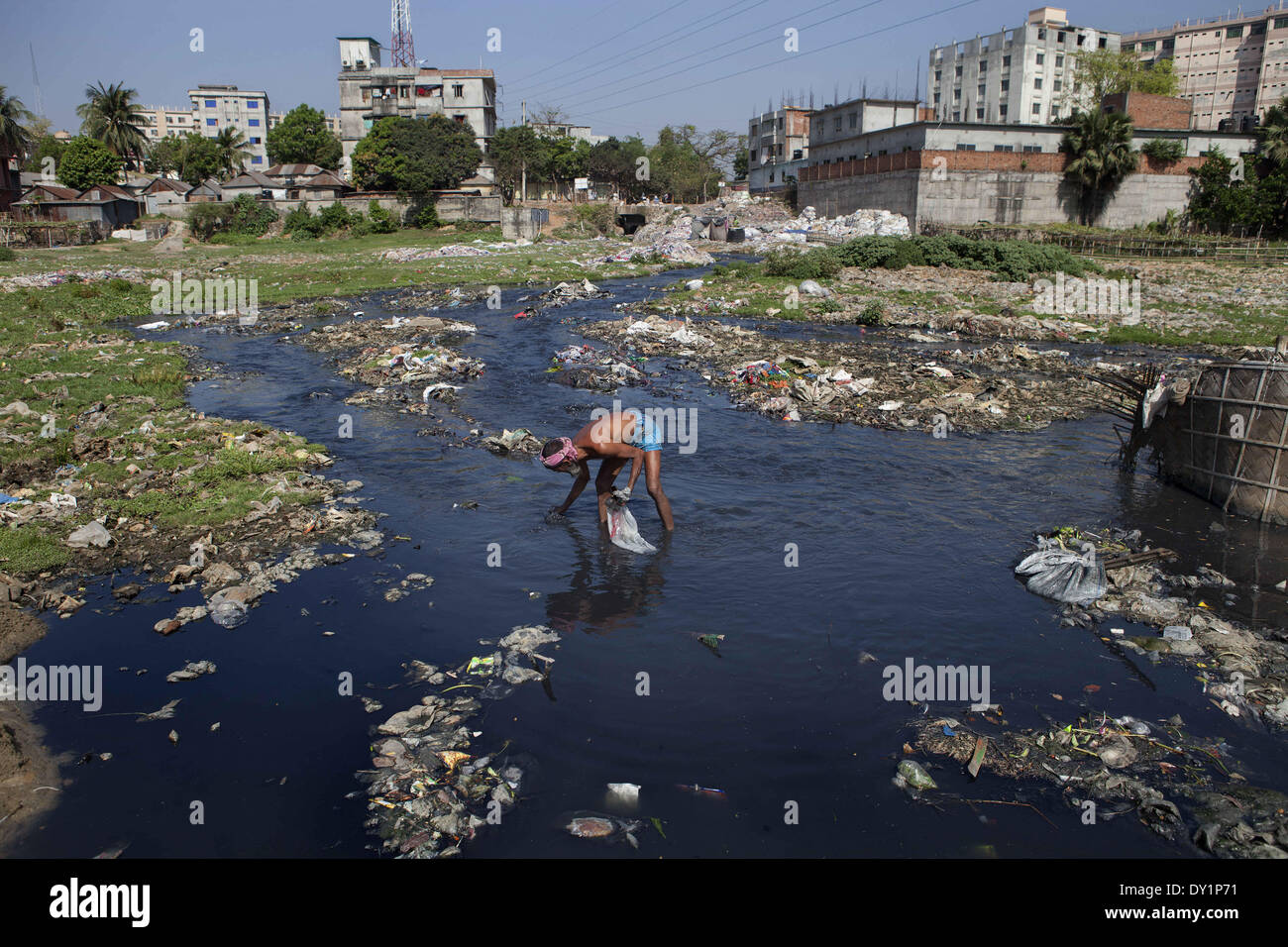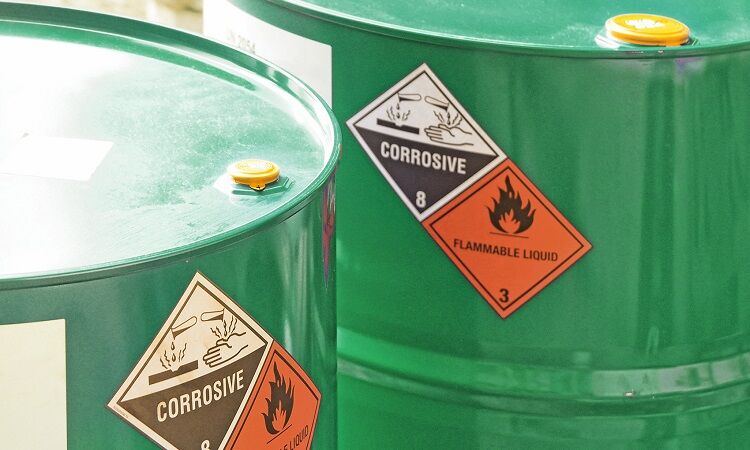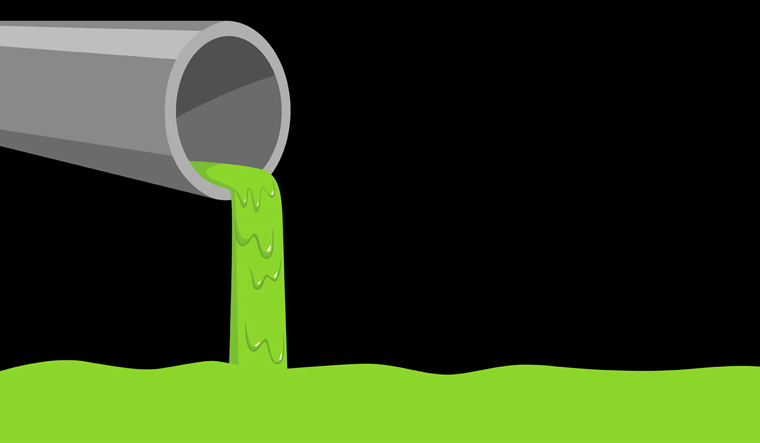Innovative Industrial Wastewater Treatment Solutions: Shielding the Atmosphere
Innovative Industrial Wastewater Treatment Solutions: Shielding the Atmosphere
Blog Article
Exactly How Fluid Waste Disposal Functions: A Thorough Overview of Techniques and Technologies Utilized

Overview of Fluid Waste Kind
The intricacy of fluid waste types demands a thorough understanding of their qualities and implications for disposal. Liquid waste can extensively be categorized right into a number of kinds, including industrial, community, farming, and contaminated materials. Each category displays distinctive homes, requiring details administration methods to minimize ecological and health and wellness risks.
Industrial fluid waste originates from manufacturing procedures and frequently consists of an array of impurities, such as hefty metals, solvents, and natural substances. Community liquid waste, largely comprising wastewater from homes and industrial establishments, has natural issue, nutrients, and pathogens (industrial wastewater treatment). Agricultural fluid waste, consisting of overflow from ranches, may include fertilizers, pesticides, and pet waste, positioning threats to water quality and environments
Hazardous fluid waste is characterized by its poisoning, sensitivity, or prospective to create harm. This category includes compounds like acids, bases, and certain chemicals that necessitate strict handling and disposal protocols. Recognizing these diverse liquid waste types is essential for developing effective disposal techniques and guaranteeing compliance with environmental regulations. Appropriate category and characterization are necessary for carrying out proper therapy methods and reducing the damaging effect on public health and wellness and the environment.
Physical Treatment Methods

Screening is the preliminary action, where bigger particles and particles are gotten rid of from the fluid waste using displays or grates. In sedimentation tanks, heavier particles resolve at the base, forming a sludge layer, while the clarified liquid can be further treated.
Filtering is one more crucial approach that involves passing the fluid with porous products, such as sand or membranes, to record smaller sized bits. This step enhances the high quality of the liquid, making it appropriate for subsequent therapy processes.

Chemical Treatment Strategies
Chemical treatment techniques are vital for efficiently managing fluid waste, particularly in attending to dissolved and colloidal pollutants that physical approaches might not effectively get rid of. These strategies utilize different chemical agents to reduce the effects of, speed up, or transform harmful materials into much less unsafe forms.
One usual method is coagulation and flocculation, where chemicals such as alum or ferric chloride are included in promote the aggregation of suspended bits. This process boosts sedimentation, enabling less complicated elimination of the resulting sludge. In addition, oxidation processes, employing agents like chlorine or ozone, are utilized to break down complicated natural substances and virus, providing the waste much safer for discharge or more therapy.
Neutralization is an additional critical strategy, which Check This Out changes the pH of acidic or alkaline waste streams to neutral levels, preventing possible injury to downstream systems and the setting. Additionally, advanced oxidation processes (AOPs) use mixes of oxidants and ultraviolet light to deteriorate persistent pollutants, achieving a greater degree of treatment effectiveness.
Biological Treatment Processes
Organic treatment processes play a critical role in the management of liquid waste by using microbes to disintegrate raw material and reduce impurity levels. These processes can be broadly classified into aerobic and anaerobic therapies, each using details microbial communities to achieve effective waste deterioration.
Aerobic therapy entails the use of oxygen to facilitate the failure of natural materials by germs. This process is typically implemented in triggered sludge systems, where oygenation storage tanks supply a helpful setting for microbial growth, causing the oxidation of organic pollutants. The resultant biomass can be divided from dealt with effluent through sedimentation.
On the other published here hand, anaerobic treatment happens in the lack of oxygen, counting on different germs to damage down organic matter. This method is especially beneficial for high-strength waste, as it produces biogas, a renewable resource source, while decreasing sludge manufacturing. Technologies such as anaerobic digesters are often employed in industrial and local applications.
Both cardiovascular and anaerobic organic therapies not only minimize the environmental impact of fluid waste however also promote source recuperation, making them necessary parts of sustainable waste monitoring approaches. Their versatility, effectiveness, and performance support their prevalent implementation throughout numerous sectors.
Emerging Technologies in Disposal
Ingenious strategies to liquid garbage disposal are rapidly evolving, driven by improvements in technology and a boosting focus on sustainability. Amongst these arising modern technologies, membrane layer bioreactors (MBRs) have actually acquired traction for their capacity to combine organic treatment with membrane filtration, causing high-grade effluent that can be recycled in different applications. MBRs allow smaller footprints and much more effective operations contrasted to standard systems.
Another encouraging advancement is using anaerobic digestion incorporated with nutrient healing modern technologies, which not just deals with liquid waste but likewise generates biogas and recoups valuable nutrients like nitrogen and phosphorus. This double benefit improves resource performance and minimizes environmental impact.
In addition, advanced oxidation processes (AOPs) are being adopted for the deterioration of intricate organic pollutants. These methods utilize powerful oxidants and drivers to break down impurities at the molecular degree, providing a highly reliable option for difficult waste streams.
Furthermore, the integration of expert system and artificial intelligence in waste monitoring systems is optimizing functional performance and anticipating upkeep, causing minimized costs and boosted environmental compliance. These technologies mirror a considerable shift towards even more lasting and effective fluid garbage disposal practices.
Verdict
In conclusion, reliable fluid garbage disposal requires an extensive understanding of numerous methods and innovations. The assimilation of physical, chemical, and organic therapy techniques guarantees the efficient administration of diverse waste kinds. Furthermore, the introduction of innovative technologies improves therapy efficiency and my blog advertises sustainability in waste management methods. By continuously advancing these techniques, it ends up being possible to attend to the expanding difficulties related to liquid waste, inevitably contributing to environmental defense and resource recovery.
Fluid waste disposal is a vital aspect of ecological monitoring, needing a comprehensive understanding of various strategies and modern technologies tailored to different waste types. Liquid waste can extensively be categorized right into several types, consisting of industrial, municipal, farming, and unsafe waste. Agricultural liquid waste, including drainage from ranches, might consist of plant foods, chemicals, and pet waste, positioning threats to water top quality and environments.
Various physical treatment methods play a crucial role in handling liquid waste properly - industrial wastewater treatment.In final thought, efficient liquid waste disposal necessitates a detailed understanding of numerous strategies and innovations
Report this page